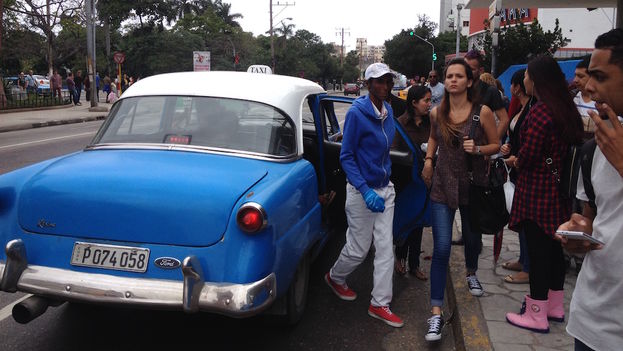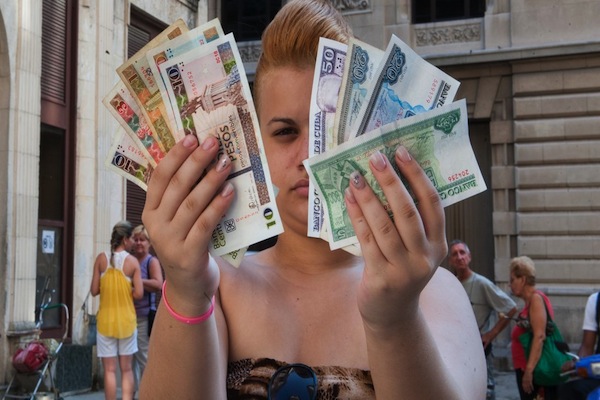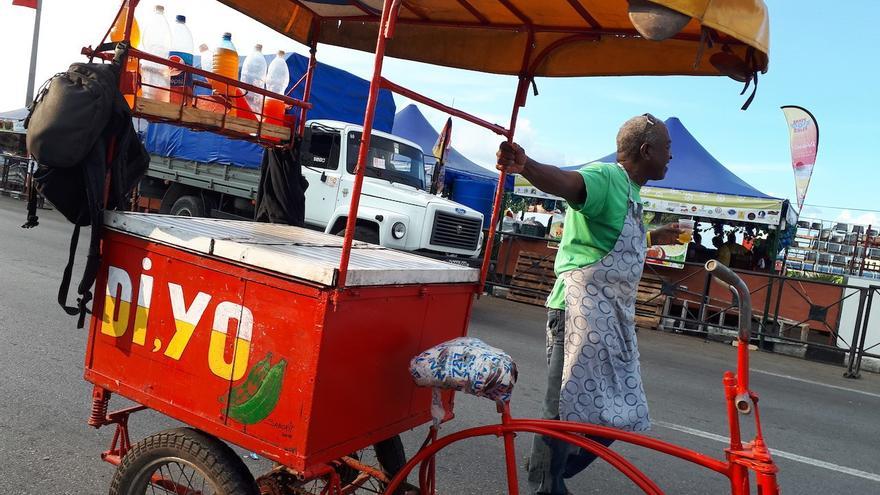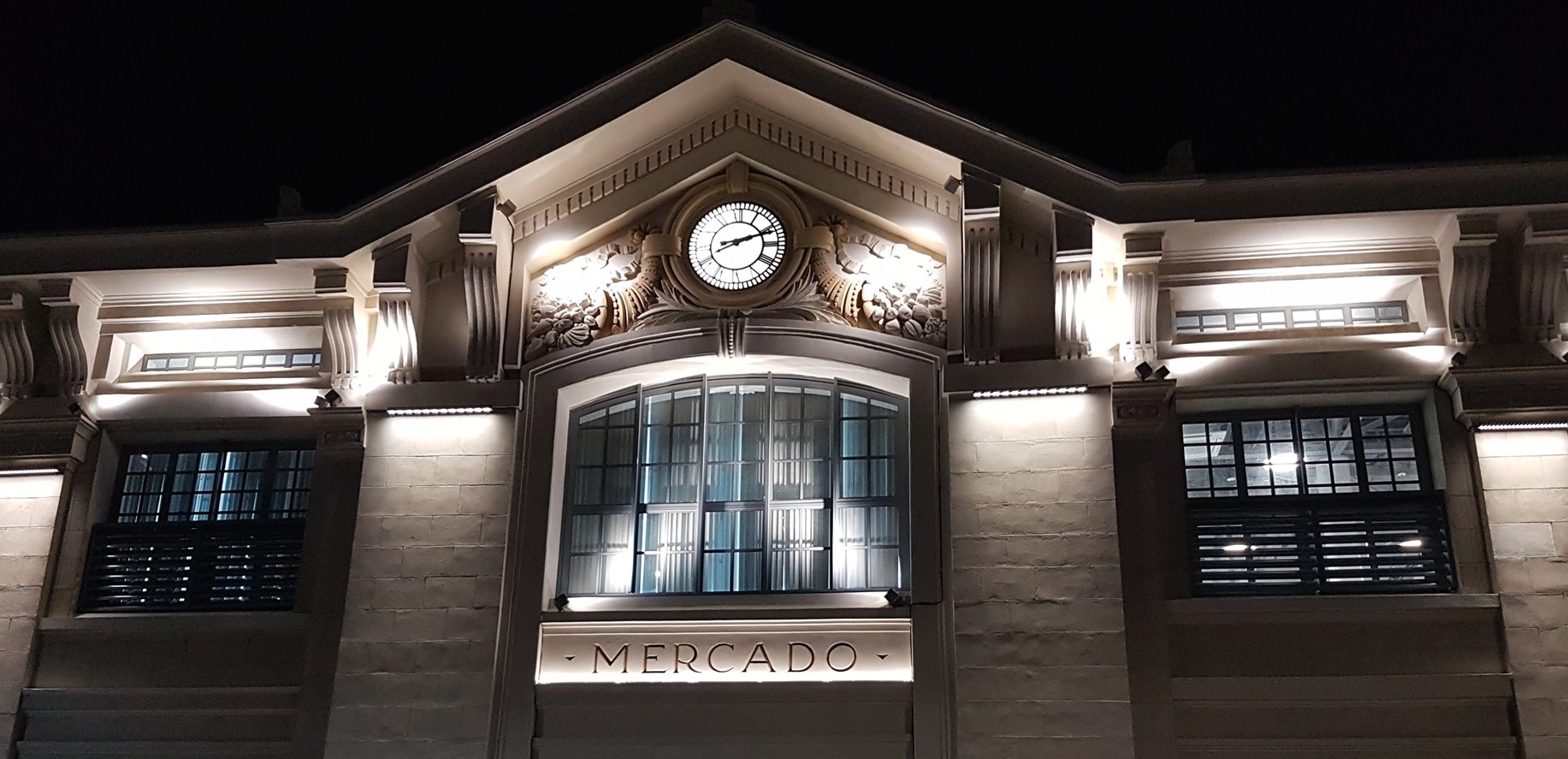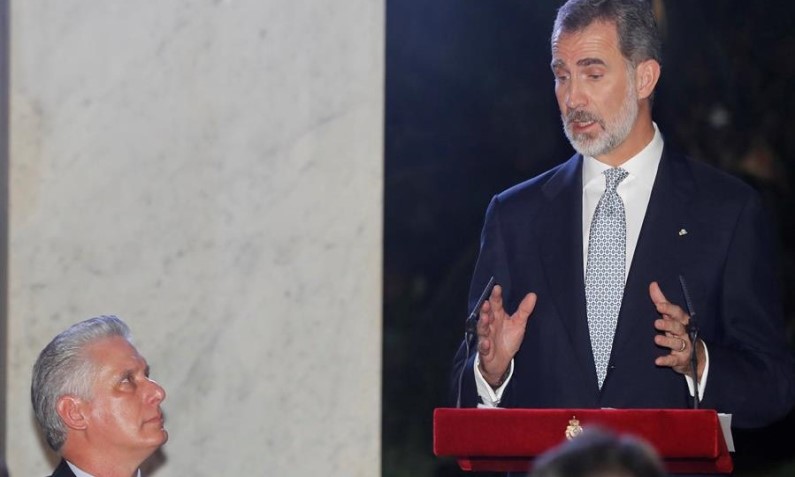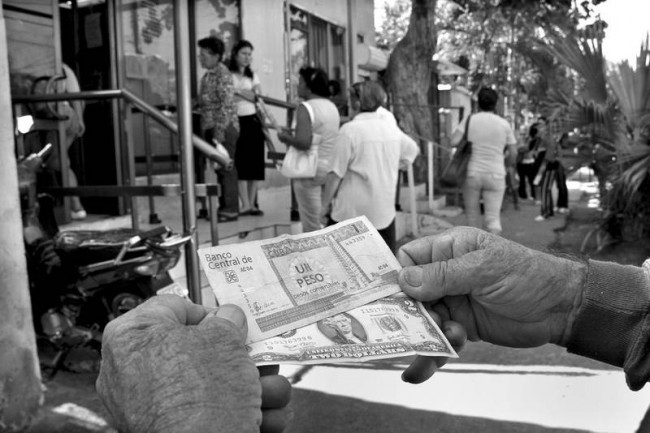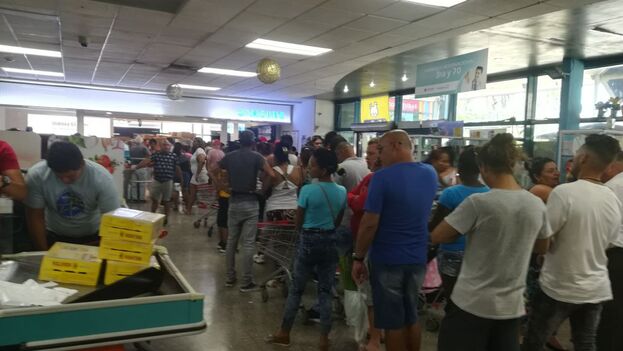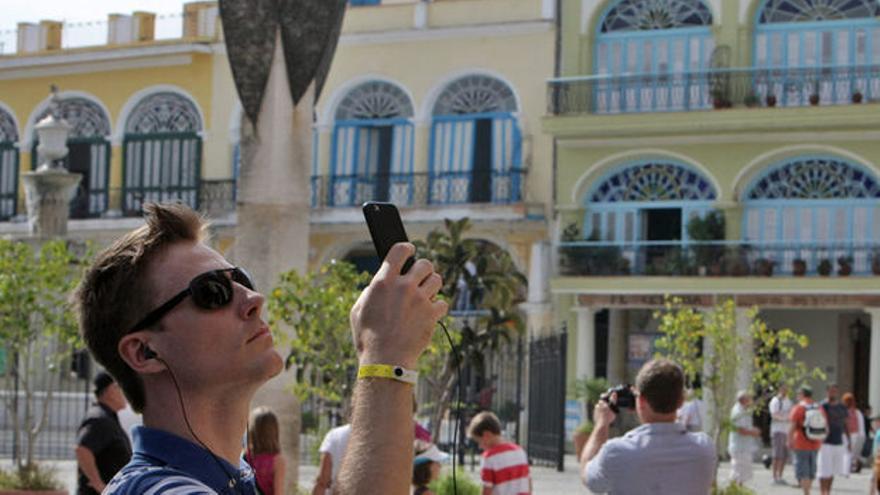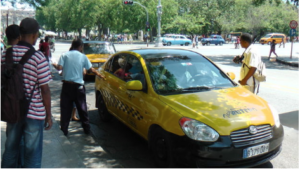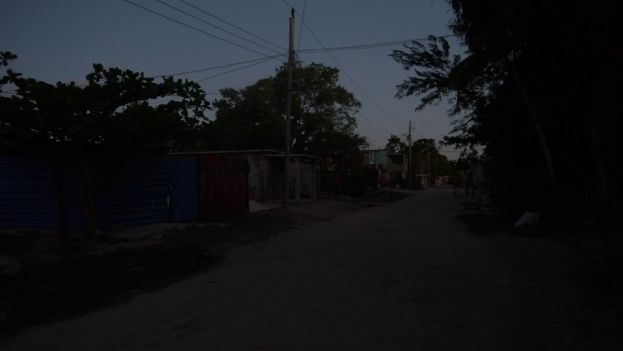
![]() Elias Amor Bravo, Economist, April 20, 2020 — Unión Nacional Eléctrica, the state enterprise that has a monopoly over Cuba’s electrical supply, wants people isolated in their homes due to the quarantine as a consequence of COVID 19 to consume less electricity. Let’s go, turn off the lights.
Elias Amor Bravo, Economist, April 20, 2020 — Unión Nacional Eléctrica, the state enterprise that has a monopoly over Cuba’s electrical supply, wants people isolated in their homes due to the quarantine as a consequence of COVID 19 to consume less electricity. Let’s go, turn off the lights.
The company declared in the state-run newspaper Granma that there has been an uptick in electrical consumption in the residential sector and that’s inadmissable. They declared, “the consumption of electrical energy accumulated in the first 13 days of April surpassed the levels of consumption compared to the same period last year (1% more and 6.3 Gigawatt hours (gwh)), similar to the electricity consumed in the months of July and August.”
The immediate question is, is there a reason for alarm with this small increase in consumption? Do they lack solutions to this problem?
Well, no. It appears that the entire system may collapse. continue reading
And here’s the worst part. Threats of this caliber, published in the official Communist newspaper daily, don’t do anything more than to raise the anxiety of a society worried by COVID19 and the destruction it could cause on human life.
In any other country in the world, exceptional circumstances like the one we’re living in demand answers in accord with government agencies. But, here there is an electric company that, according to the Communist constitution, is public property, insisting on threatening blackouts if energy is not saved as soon as possible. Nobody can deny that quarantine requires a greater amount of energy consumption to store food products in the refrigerator, to beat the heat, to be able to read and pass the time more comfortably, to work remotely (those who can), and so on.
Why does the least powerful sector, the people confined to their houses, have to reduce their electricity consumption? The same as usual. The production of electricity in Cuba depends on petroleum. There are no renewable energy sources and they’re not on the way.
As a consequence of the fuel shortage, due in part to the systematic reduction of supply from Venezuela, and the difficulties Cuba has in gaining access to global markets due to its nonexistent financial standing, the only solution is to save, save, and continue to save. Sure, turn everything off. Because the alternative is clear, blackouts. And while everyone is locked in at home, in a moment especially complicated like this one, this approaches a Dantesque situation.
COVID19 is bringing to light, one by one, how the measures taken by the communist regime the last few years have been resolute failures. Now it’s the energy plan’s turn. The image of change and liberalization that the communist propaganda machine has wanted to associate with Raul Castro’s reforms is smoke and mirrors. It evaporates while COVID19 wreaks havoc.
The Cuban economy is worse off than in 2008, the reforms have not improved anything, and Cubans have barely experienced and well-being in their standard of living. The Plan 2030 is not worth anything either, the way things are changing and the pace at which they change.
In the meantime, and waiting for all this to happen, the communists are doing the same as usual: sending people home so that the productive sector can reduce electricity consumption. Paralyzing or freezing the economy here matters little, because everything is state-run.
And then, of course, a lot of control or something like that. Precise instructions to the heads of administration to carry out with the utmost responsibility controlled compliance with their energy plans, “by taking daily self-readings of the meters and measures to reduce consumption, depending on the authorized energy-consumption measures.” Instead of concentrating efforts on producing more with less, they create daily scandals about electricity consumption. And then they wonder why the economy doesn’t work.
The last straw is transferring the need to save electricity to Cuban families, under the threat of impending blackouts. This communist blackmail is inadmissible in any society with recognized economic rights, even more so when the current system does not allow for alternative suppliers and everyone must pay their rates to the National Electric Union. It’s the same as with ETECSA — the state telecommunications monopoly — but at least that company works a little better.
Some of the actions that have been established belong to the barracks logic of the communist economy that has presided over Cuba for the past 61 years, such as, for example, “taking advantage of the final heat of the electric stove, once the cooking is finished, and turning it off a few minutes before finishing.” Or even, “turning on the air conditioning, preferably after 10 at night. After 12:00 at night, turn the air conditioner to the fan position” and even “close the refrigerator and avoid opening it frequently,” and others that tell people how to live. It’s unacceptable.
And best of all is the example they cite to save no less than 26 tons of diesel fuel used to produce electricity. Well, according to Granma, that saving, which is certainly important, is achieved “if each consumer in the national territory turns off a 20 watt lamp, which will allow for a decrease in the demand for electricity by 80 megawatts.” 11 million Cubans turning off 20 watt lamps? The truth is that they no longer know what to say. Above all, to justify the unjustifiable.
Translated by: Rafael Osorio
_________________________
COLLABORATE WITH OUR WORK: The 14ymedio team is committed to practicing serious journalism that reflects Cuba’s reality in all its depth. Thank you for joining us on this long journey. We invite you to continue supporting us by becoming a member of 14ymedio now. Together we can continue transforming journalism in Cuba.

